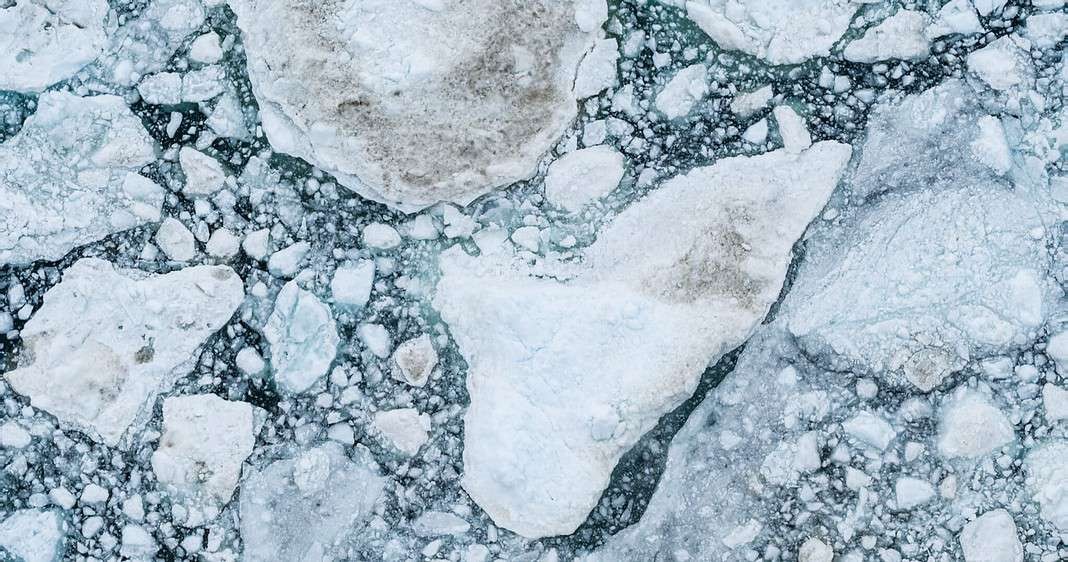Scientists for the first time have been able to describe the underlying mechanism behind the relationship between melting Arctic sea ice and worsening wildfires in the western United States.
As sea ice melts from July to October, sunlight warms the increasingly iceless, surrounding area, according to a new study. This ultimately brings heat and fire-favorable conditions to distant states like California, Washington, and Oregon later in autumn and early winter.
According to Hailong Wang, an Earth scientist at the Department of Energy’s Pacific Northwest National Laboratory and coauthor of the study:
“It’s not a perfect analogy, but teleconnections like this are a bit like the butterfly effect.”
Wang references the popular feature of chaos theory where a butterfly’s flapping wings are thought to influence the formation of a distant tornado.
“Climate conditions in one part of the world can, over time, influence climate outcomes from thousands of kilometers away. In our case, we find the Arctic region and the western United States are connected by this relationship. Regional land and sea surface warming caused by sea ice loss distantly triggers hotter and drier conditions in the West later in the year.”
Wang and his fellow authors found that, as Arctic sea ice melts and the surrounding land and sea surfaces warm, a vortex strengthens in the atmosphere above the heated area. This vortex, spinning counterclockwise like a cyclone, is spawned by differences in air pressure.
The powerful vortex constantly pushes the polar jet stream out of its typical pattern, diverting moist air away from the western United States. With the now wavier jet stream nudged off its usual course, a second vortex, spinning clockwise, forms under the ridge of the polar jet above the western United States. This second vortex — similar to the vortex responsible for the Pacific Northwest’s extreme heat earlier this summer — brings with it clear skies, dry conditions and other fire-favorable weather.
As the Arctic continues warming, it can sharpen the contrast between these two distantly connected systems, further exacerbating conditions in an already fire-ravaged region. More than 3 million acres (1.2 million hectares) have burned across California alone during the 2021 wildfire season.
Yufei Zou, lead author and data scientist who was a postdoc at PNNL when the study was conducted, said:
“This dynamics-driven connection warms and dries out the western United States region. By uncovering the mechanism behind that teleconnection, we hope those in charge of managing forests and preparing for wildfires will be more informed.”

